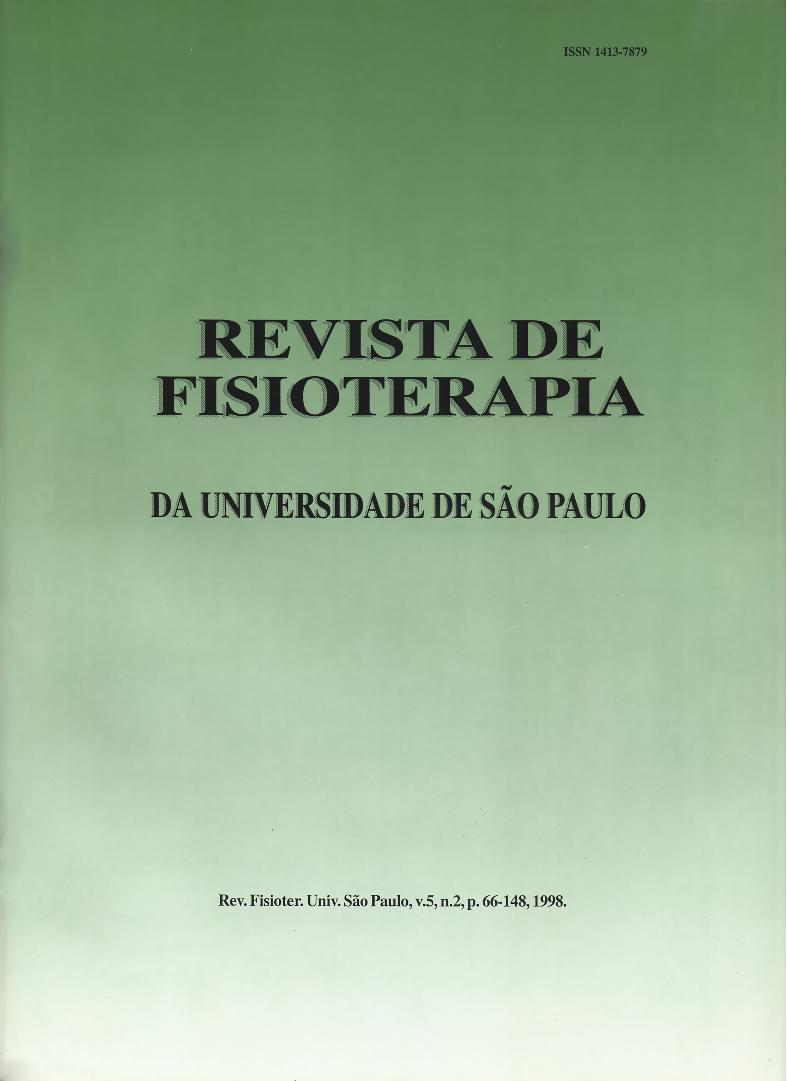The neuromuscular electrical stimulation of tibialis anterior do not change the morphology of soleus (antagonistic) and extensor digitorum longus (synergistic) muscles of rat
DOI:
https://doi.org/10.1590/fpusp.v5i2.77300Keywords:
Rats Wistar, Electric estimulation therapy, methods, Tibia, Muscle, skeletal, Physical therapyAbstract
The neuromuscular electrical stimulation (NMES) is a physical therapy method commonly used to generate muscle strength and muscle hypertrophy. The aim of this work was to analyze the morphological effects of the NMES, in the synergistic and antagonistic muscles of the directly stimulated muscle. Right tibialis anterior (TA) muscles of six Wistar rats were submitted at stimulation and both extensor digitorum longus (EDL) and soleus muscles, synergistic and antagonistic of TA muscle, respectively, were analyzed. The EENM used a frequency of 52 Hz, Is on and Is off, 2.2s ramp on time and 0.5mA. It were produced 20 switches per session, 3 days per week, for 8 weeks. Afterwards, the animals were anesthetized and the right and left EDL and soleus muscles were removed, weighted, frozen, cross-sectioned and stained with Toluidine Blue for morphological analysis of the muscle fibers. Previous studies, realized in the directly stimulated TA muscle, did not observe significant morphologic changes in the muscle. Here there was also not significant differences in the muscle weight, average area and in the incidence of injured signs in the EDL and soleus muscles, when they were compared with the muscles of control no-stimulated hindlimb. These results indicate that the protocol of EENM used here did not produce significant morphological changes in the EDL (synergistic) and soleus (antagonistic) muscles, after stimulation of the TA.



